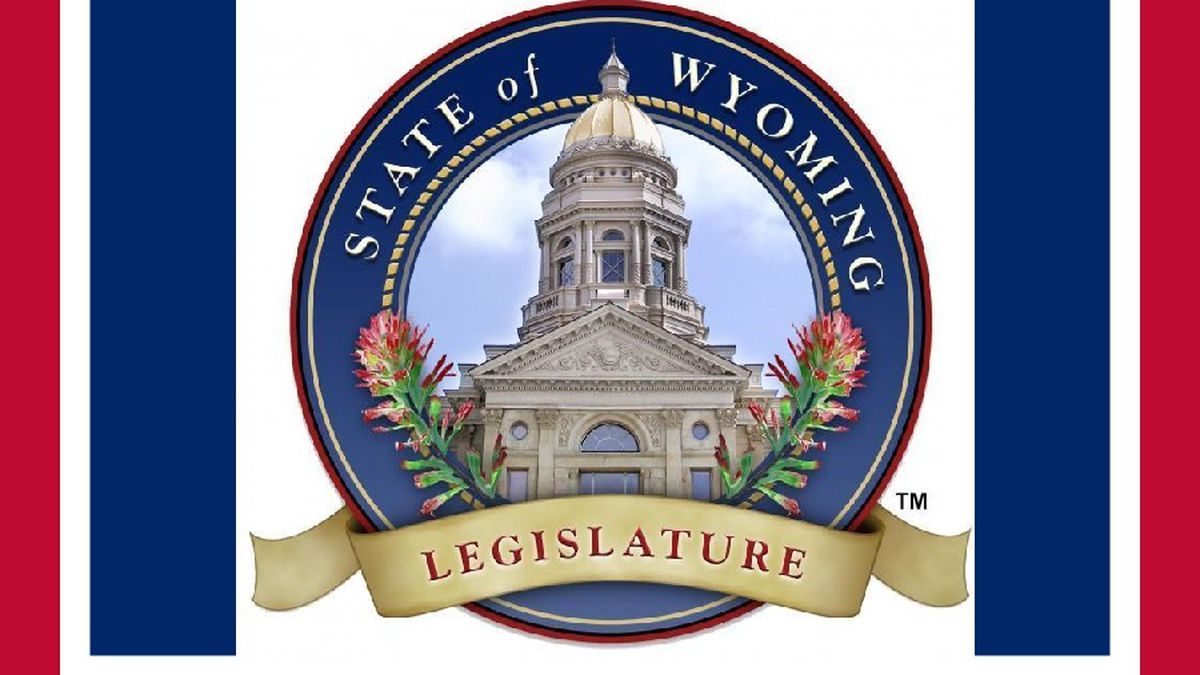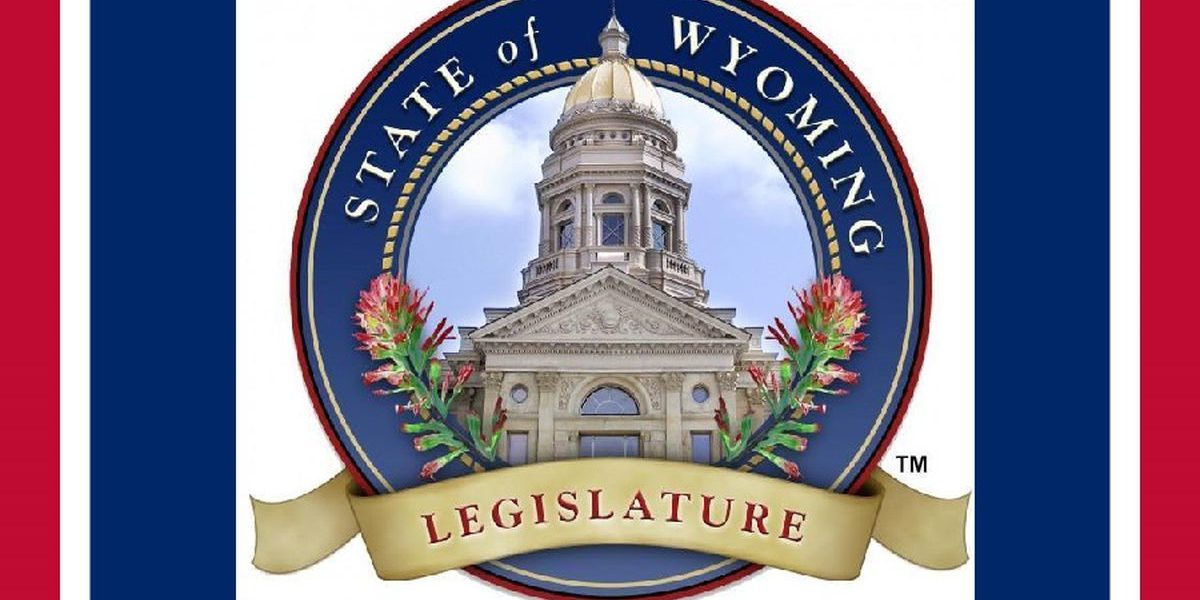
By Nicole Pollack
Casper Star-Tribune
Via- Wyoming News Exchange
CASPER — Land use revenue earmarked for Wyoming’s schools dropped for the fifth year in a row, the Legislative Service Office reported Monday. It’s the least the state has earned from activities on school trust lands in at least 15 years.
The majority of Wyoming state lands are managed to support K-12 education. Money earned from leasing those lands for grazing or mineral extraction goes toward public schools, along with up to one-third of the state mineral royalties generated there.
Wyoming has accrued about $2.9 billion from activities on its school trust lands since 2007, Matt Willmarth, a senior school funds analyst for the LSO, told the Joint Agriculture, State and Public Lands & Water Resources Committee on Monday.
Of that total, $2.3 billion came from nonrenewable activities, including state mineral royalties, Willmarth said. Renewables contributed another $466 million in leases in bonuses, with the remaining $164 million from other activities like land sales, right-of-way easements and surface damage payments.
Royalties, the largest source of that income, declined over the last couple of years. So did the smaller share from leases and bonuses — primarily, Willmarth said, because of the loss of bonuses.
“In fiscal year 2017, ‘18 and ‘19, there were significant bonus payments,” Willmarth said. In 2020 and 2021, those payments largely disappeared.
Total annual revenue from bonuses — up-front, one-time payments to mineral owners — trended down in the years before the pandemic, dropping from $31 million in 2017 to $29.5 million in 2018 and $22.2 million in 2019. But it plummeted after the pandemic hit, falling to $4.8 million in 2020 and then to $2.7 million in 2021.
Asked by Rep. Aaron Clausen, R-Douglas, why bonuses have dropped, Willmarth said, “I think it relates more to the market conditions of the commodities for the oil, gas and coal market. Those bonuses are generally paid on those mineral-related sections of land.”
The LSO expects that revenue from non-mineral sources — including investment income — will exceed revenue from mineral sources for the first time during 2021 and 2022.
State coal lease bonuses, formerly a major source of school construction funding, have dried up as the coal industry contracted; Wyoming received its last payment in 2017, and it’s not expected to see any more.
“No coal mine is expanding right now,” said Shannon Anderson, staff attorney for the Powder River Basin Resource Council, a landowners’ group.
More recently, uncertainty about how COVID-19 would continue to affect oil and gas demand has suppressed companies’ interest in leasing new lands, which has diminished the industry’s contribution to public schools. And the LSO projects that total federal mineral royalties from coal, oil and gas — another key contributor to the state’s public schools — will also decrease over the next several years.
In the wake of Russia’s invasion of Ukraine, however, the highest sustained oil price in a decade has incentivized companies to resume investing in new production.
Wyoming’s first state oil and gas lease sale of 2022, which took place in March, brought in more than any sale since before the pandemic, though it was still dwarfed by the state’s pre-pandemic numbers. The next sale will be held in July, two weeks after the Biden administration’s first federal oil and gas lease sale in Wyoming in more than a year.
Ryan McConnaughey, director of communications for the Petroleum Association of Wyoming, said the success of the state’s March sale is a promising sign for the recovering industry.
“I think we’re still seeing a strong desire to produce on those lands,” he said.





